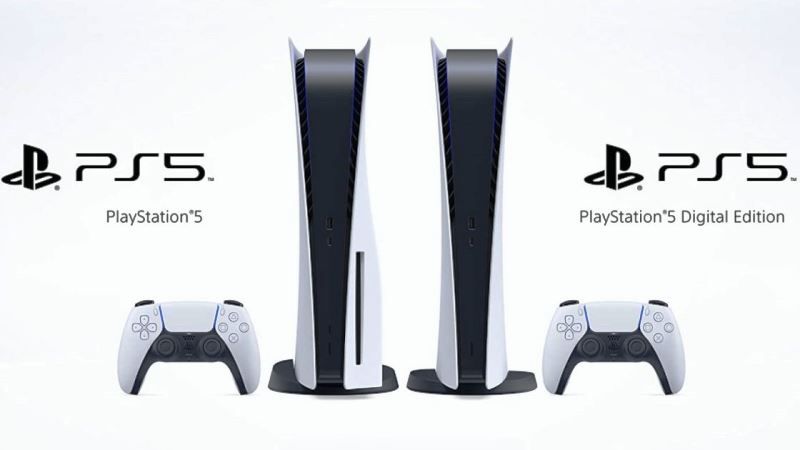Digital Foundry has published an extensive PS5 review and addressed some features that are missing from the new Sony console, including Variable Refresh Rate (VRR) & Auto-Low-Latency (ALLM) and 8K.
Since last Friday, many PlayStation 5 reviews have been published online. Most of the editorial teams are enthusiastic about the new hardware, thanks in part to the DualSense features. However, the reviews also made it clear that the PS5 lacks some features that would lead to a better overall result.
The PS5 and the supplied HDMI cable support the HDMI 2.1 standard. However, according to the Digital Foundry, the implementation is currently “somewhat inadequate” in terms of using the full range of functions. The publication points out that there are currently no signs of support for Variable Refresh Rate (VRR) in PS5.
In addition, there is a lack of clarity regarding the 8K display functionality. The 8K resolution, which Digital Foundry does not consider to be very useful at the moment, is advertised on the PlayStation 5’s product packaging. But the editors did not succeed in running the game of the PS5 on an LG 75NANO99 with native 8K. Instead, the testers had to be content with 4K.
Even Auto-Low-Latency Mode (ALLM) apparently shines through its absence: “With both Xbox and Nvidia RTX cards, the LG display automatically switches into a game mode when they are attached. PlayStation 5 does not do so, meaning that it’s down to the user to manually engage game mode for the lowest possible latency and I have to wonder how many mainstream users are likely to actually do this,” said Digital Foundry.
The PS5 collected another minus point due to the lack of 1440p resolution. When tested with an AOC AG271QX screen, the PS5 passed a 1080p signal, which means that the game outputs had to be scaled down from 4K and then upscaled from the screen to 1440p. It was acknowledged that other monitors may deliver slightly different results or scaling methods.
It seems that Sony has a few questions to answer over the coming weeks. It is also unclear whether these are restrictions that will be eliminated with upcoming firmware updates, as is the case, for example, with the initially missing SSD expansion.
The complete report, which also addresses the volume of the PS5, the SSD, and the DualSense controller, can be found here linked. Real next-gen comparisons between the consoles could not initially be made, as there is currently no next-gen game available that can be tested on both the PS5 and the Xbox Series X.


